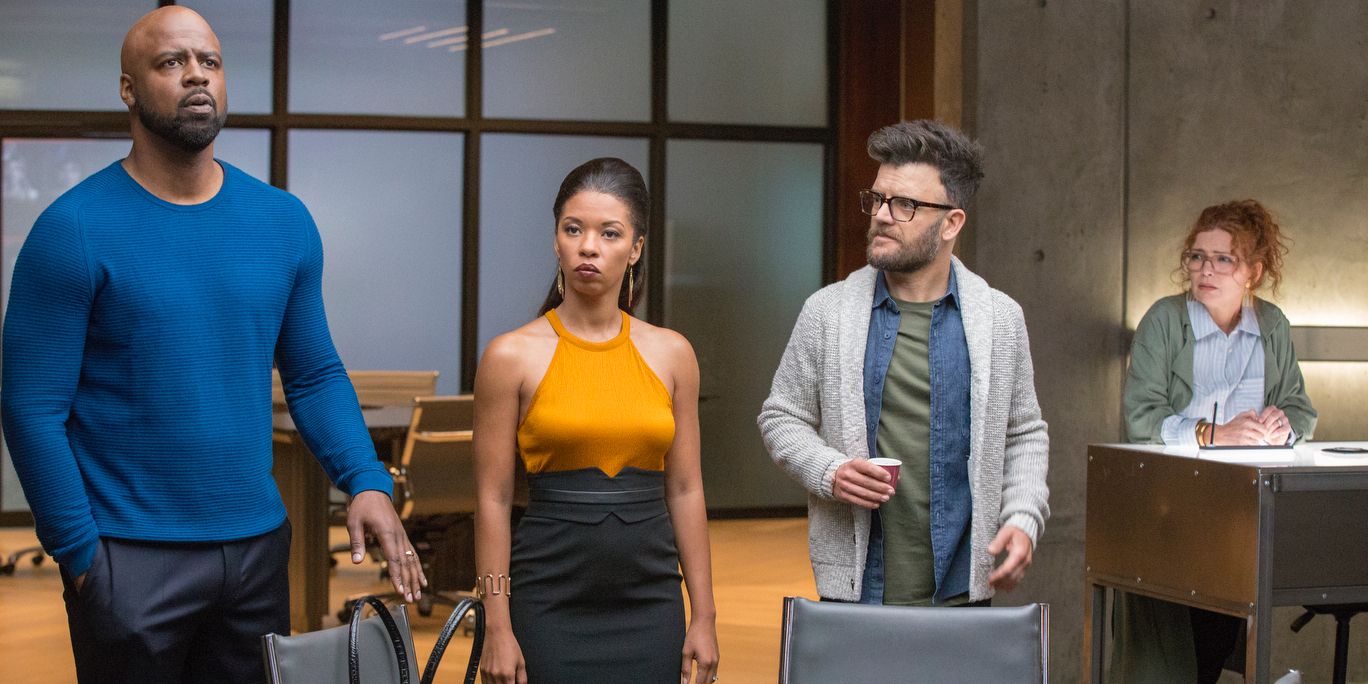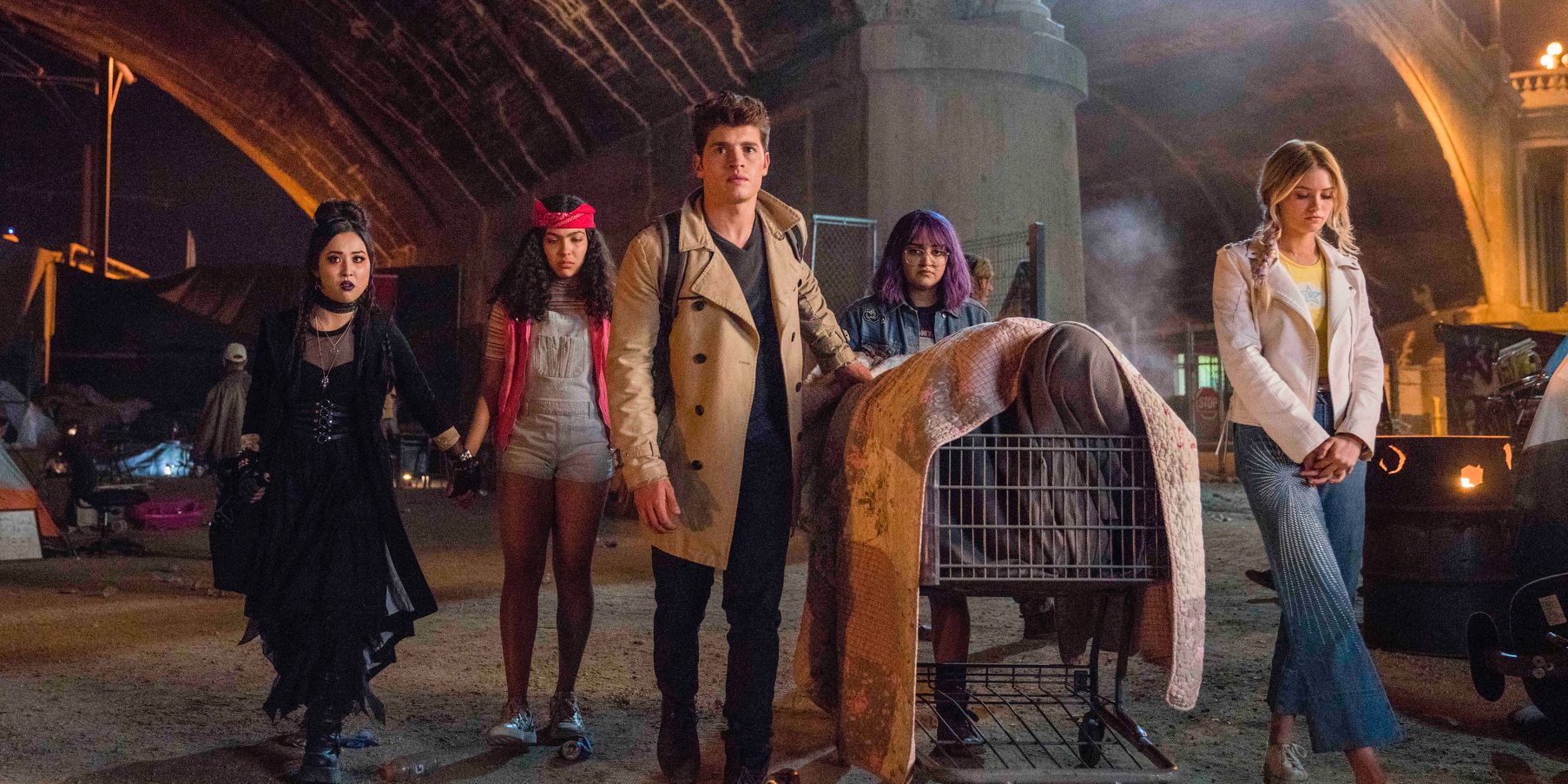
When Marvel’s Runaways premiered on Hulu in 2017, the series felt a bit like an afterthought in a television landscape where the likes of Daredevil, Luke Cage, Jessica Jones, Iron Fist, and The Punisher also existed (the quality of those series notwithstanding). And that’s saying nothing of ABC’s Agents of S.H.I.E.L.D. series. Now, just under a year since season 1 ended, Hulu’s entry into the Marvel Televison Universe is back, and the landscape has been altered dramatically. Not only are Marvel’s heroes being vanquished from Netflix (with only Jessica Jones and The Punisher left standing, for now), but the upcoming Disney + service is looking to make most other comic book TV series (already running Marvel series included) look obsolete by courting (or contractually obligating) the likes of Tom Hiddleston and Elizabeth Olsen for their own MCU-connected series. With that, the question becomes, how does a TV series like Runaways stand out after it failed to leave much of an impression the first time around?
For Runaways, the answer is to work a little harder to live up to its title, and to be more of a comic book show. The series’ first season could well have been called Marvel’s Stay At Homes, given that in 10 hours of television, the affluent teens at the center of the narrative barely got around to running away. The season finale helped changed that, moving Alex (Rhenzy Feliz), Nico (Lyrica Okano), Karolina (Virginia Gardner), Gert (Ariela Barer), Chase (Gregg Sulkin), and Molly (Allegra Acosta) out of their parents’ homes and onto the streets of Los Angeles. It was a potentially promising new beginning for a series that struggled mightily to generate a compelling storyline in its first season. Vacillating between angsty teens and their far more interesting parents, Runaways never quite found the right balance between the kids at the center of the story and the "evil" adults they were reluctant to run away from.
More: Tidelands Review: Murder. Mystery. Mermaids?
As with many streaming shows (comic book adaptations and otherwise), Runaways’ biggest problem was one of pacing. It wouldn’t matter if the series had been delivered as weekly appointment television or an all-at-once binge-watch. However you cut it, the first season was pretty much a slog. The drudgery was the result of a go-nowhere plot that involved an unnecessary mystery that revolved around a flaky-skinned Julian McMahon, who, as it turns out, feeds (really, really slowly) on humans and can turn into a tacky nightlight, just like Karolina. Oh, there was also a giant hole in the ground. Yes, part of the climax of season 1 involved a literal void. The unintentional bit of meta-self-owning may have helped establish a blueprint for season 2, but it also underscores a bad habit the series has of holding onto cards it should deal with more immediacy.

With that in mind, season 2 makes a more concerted effort toward generating forward momentum by picking up with its would-be wayward teens as they struggle to adjust to life on the not-so-rough-and-tumble streets of LA. Sincere as the effort is, the series almost immediately stumbles with a misguided attempt some humorous deception intended to make the police appear woefully incompetent but instead suggest lack of imagination on behalf of the show itself. Incompetence may be a theme in season 2, but it’s a better look for the teens, who, after ditching the comfort of their well-appointed family abodes, find that life on the street is a far cry from the lives into which they were born.
That angle has a lot of potential, yet Runaways only pays lip service to the idea. After half an episode of watching the kids adjust to living in a makeshift homeless encampment, the series bestows upon its teen heroes a veritable home away from home - a literal mansion that’s so miraculously well-suited to their needs they’re arguably doing better than when they were living with their parents. And, okay, it’s expensive to shoot on location anywhere, and building a giant set for the kids to play around in makes fiscal sense, but it also undermines the idea that the characters are ever in any real danger or will ever face the kind of hardship that’s an immediate consequence of their actions.

Throughout much of the second season, Runaways avoids making things too difficult for its protagonists. They are faced with challenges, sure, but too few of them are related to their current circumstances. The series seems primarily interested in using the narrative as a vehicle for teen romance, which in and of itself isn’t surprising considering the series is executive produced by Josh Schwartz and Stephanie Savage of The O.C. and Gossip Girl fame. The two are committed to making a would-be adventure series work within the more specific boundaries of their particular wheelhouse, and the results are mixed, to say the least. Some of that stems from the way the show handles its action sequences — which is, not well. The action is unusually stiff, it unfolds in the least interesting locales, and the sequences as a whole are often choppily edited. For example: a lame poolside fight in the second episode of the new season is laughably lethargic, lacks basic spatial awareness, and ends with a resigned shrug by both parties involved.
In all, despite some fun developments like a love interest for Alex or Jonah’s mysterious plans for Karolina (and that hole in the ground), Runaways season 2 feels even more averse to taking storytelling risks than it was in season 1. Little of what transpires carries any significant weight or threat of consequence, and while watching would-be teen superheroes navigate various romantic entanglements will no doubt be of interest to some, even those moments are handled in such a way as to feel treacly and, like too much of the series, free from anything resembling a compelling conflict.
Next: Counterpart Review: The Sci-Fi Spy Series Delivers A Superb Start To Season 2
Marvel’s Runaways season 2 premieres Friday, December 21 on Hulu.
from ScreenRant - Feed https://ift.tt/2QAyexr


0 Comments